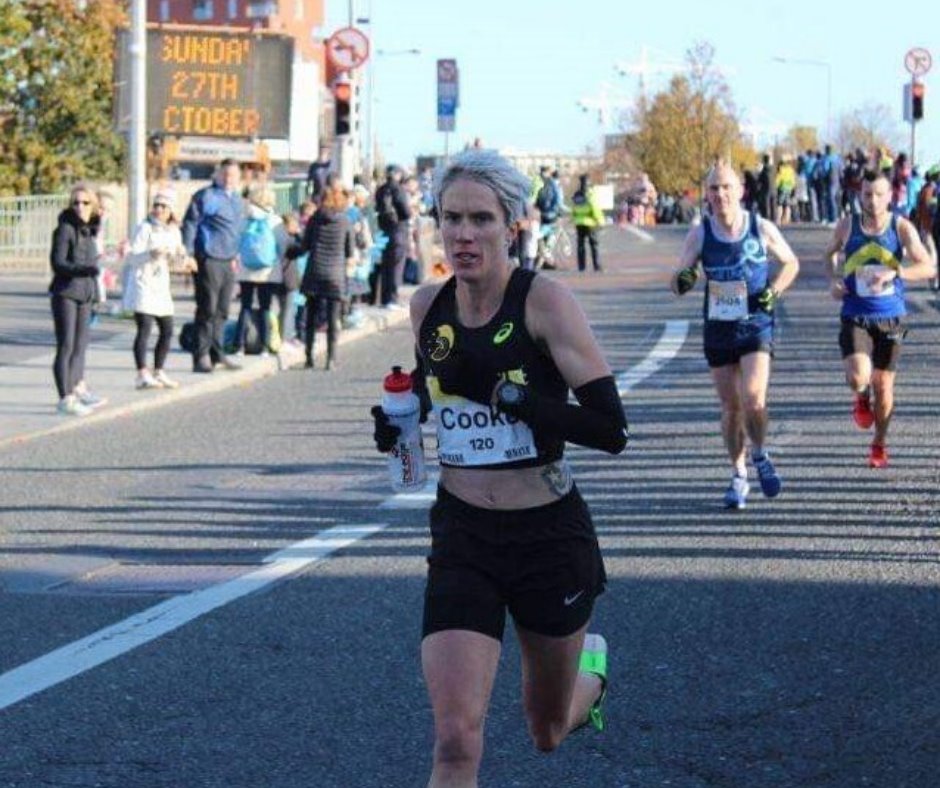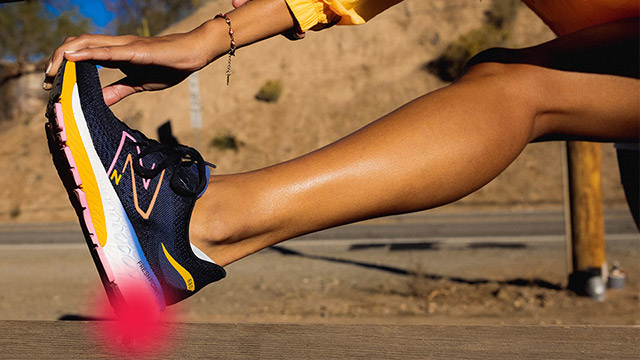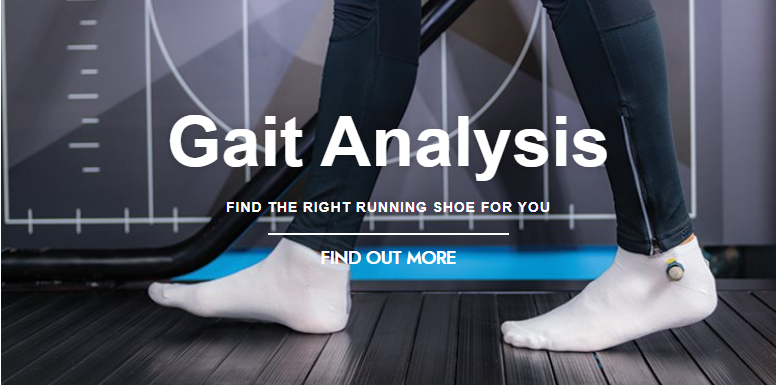Did you know that the humble running shoe is more than a flashy coloured covering for your feet? The right running shoe can help you run faster, and further and mitigate the risk of injury.
We love running at The Edge Sports Shop and we believe that we live in an inspiring age for running shoe design. It’s more than 150 years since the first running shoe was made and they have come a long way. Rubber soles have been a mainstay since the start, but the technology and materials have thankfully moved rapidly forward. Instead of kangaroo leather and thin soles, we now have 3D printed soles and gel cushioning. And that’s just two of the benefits of modern running shoes.
To make 2023 your year of running, take a look at our running shoe guide for tips and advice. If you’re short of time, slip to 10 Quick Points To Consider When Buying New Running Shoes at the end.
How To Choose A Running Shoe
Narrow down your shoe selection straight away with one simple question. What type of runner are you? We don’t mean are you a beginner or a professional runner but more, where do you run?
The best running shoe manufacturers don’t just make great running shoes. They make great running shoes for every kind of runner. So if you run cross-country trails, pound the pavements or run at the gym – there’s a specific shoe for you.
To check whether you need a neutral or stability running shoe it’s best to avail our Gait Analysis service which is available in-store. In 2007 we were the first store to introduce Gait Analysis in Cork and our experts will be more than happy to help – no booking required.
Running Shoes For Road Runners
Running is a high-impact exercise and the surface that you run on impacts your joints and muscles. Road runners need the right kind of cushioning to lessen the joint impact of running on a hard surface. Modern road running shoes have shock-absorbing qualities, which make road running more enjoyable. As road surfaces are smooth, the sole of road running shoes should be too. This prevents friction when your foot connects with the road.
You would be mistaken to believe that all road running shoes are created equal. Running shoe design also takes how you run into account. For example, for overpronators there are stability road running shoes.

Running Shoes For Trail Runners
Trail runners need something a little different to trail runners. When you run off-road and cross-country the surface is uneven. Possibly even slippy if it has rained. With this in mind, running shoe brands have created shoes that will help you hit the trails worry free.
Trail running shoes have something called sticky outer soles and pronounced lugs. When comparing a road and trail running shoe sole, you’ll notice that one is smooth and the other heavily textured. Some, but not all, trail running shoes also have a rock plate built in. A rock plate is made from light but tough plastic that takes the blow when you run on rocky ground. Situated in the midsole, this prevents injury to the arch of your foot caused by rough surfaces.
The type of trail you run on is something to consider too. Running on hard pack trails, trails that are solid soil or rock, requires more cushioning. Whereas if you tend to run on muddy terrain look for waterproof shoes, with materials as Gortex. If your run takes in a mix of both or road to trail then your shoe needs to be able to adapt. Luckily, we stock those too.

Running Shoes For Treadmill Runners
Most road running shoes are suitable for treadmill runs. Look for a shoe that is not too thick on the bottom but has some cushion. Wearing good running shoes on the treadmill will help the stability of your feet. Opting for a slightly thicker sole will help your shoes last longer. If you’re not sure about which shoe is right, read on for signs you’re wearing the wrong running shoe.
How To Tell If You’re Wearing The Wrong Running Shoe
Tell-tale signs that your running shoes are not suitable for your running style include pain, fatigue and shoe age. Regularly used running shoes need to be replaced between every 200 – 400 kilometres. To put that in context, if you run 5km three times a week, you will have run 200 km in just over three months. Running shoes older than six months could lead to running injuries. Other signs that you’re wearing the wrong running shoe include:
- You have pain in the heel of your foot.
Pain in your heel suggests plantar fasciitis – tissue inflammation. Plantar Fasciitis can be avoided by wearing running shoes with good support.
- You get Blisters After Running.
Blisters on your feet after running can be the result of a couple of shoe related problems. It could be that your feet are getting too warm, in which case you would benefit from running shoes with breathable materials. Another cause of running blisters is wearing the wrong socks or the wrong shoe size. Both instances cause rubbing which can cause painful blisters. Other friction caused injuries (think corns and thickening skin) can also be the result of ill fitting running shoes.
- You have painful, bruised or loose toenails.
Runners are known for having bad toenails but it can be prevented. If your toenails are painful, bruised or loose after running then your shoe is not protecting them, which it should. When choosing running shoes, your toes should fit snugly, but not too tightly. There should also be some space between the tip of the toes and front of the shoe but not much.
Note: if your big toe wears a hole in your runners, this could be a tight calves issue.
Anyone uncertain about which running shoe to choose is invited to visit our store for a gait analysis.

How To Take Care Of Your Running Shoes
The best way to take care of your running shoes is to have two pairs. Having two identical pairs of shoes means one can air out and dry whilst you use the other. This can prevent athlete’s foot, blisters and other minor issues. They will also last twice as long.
Follow the manufacturer’s advice. No two makes of shoe are identical, to help your shoes last longer, clean them as instructed. Throwing your runners into the washing machine now and then could be doing more damage than good.
Be careful to maintain the shape of your running shoes. Running shoes are designed and moulded in a way that protects your foot. By ensuring you properly undo laces and avoid standing on the heel to take shoes off they will last longer. Store them carefully too so they don’t end up squashed at the bottom of a shoe pile.

Running Shoe Recap: 10 Quick Points To Consider When Buying New Running Shoes
- How old or used your current pair are.
- Choose for the type of running you do – trail, road or treadmill.
- Pay attention to how the shoe fits and where your toes are.
- Check your pronation.
- Alternatively, have your gait analysed professionally.
- Consider buying two pairs.
- Think about the type of cushioning you want.
- Look at the care instructions and stick to them
- Talk to our instore running experts – all of our running shoe sales team run.
- Look at any recurring running injuries you have and how or why your current running shoe might be responsible.
Buying running shoes is like buying a new car. You want something that suits your needs, your style and the way you drive – or in this case, run.

![Running Shoe Guide 2023: Which Shoe is Best for You? [Ireland] running shoe guide 2023](https://blog.citrus-lime.com/tesc/wp-content/uploads/sites/64/2023/01/running-shoe-guide-2023.jpg)



